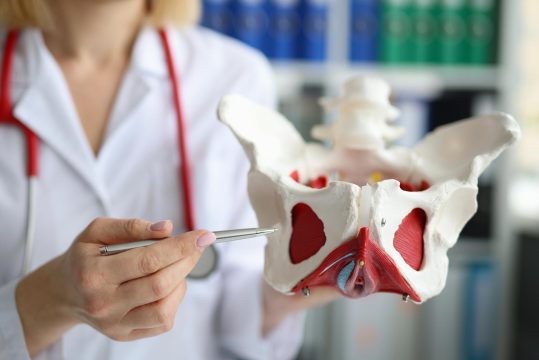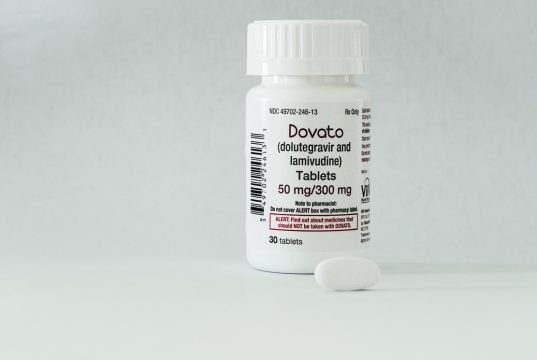Advertisment
BTS 2014 Report: HLA-incompatible transplantation

by Maria Dalby – Transplantation across the immune barrier is becoming increasingly common, but constitutes a risk factor for the development of donor-specific antibodies and thus for long-term adverse outcomes including antibody-mediated injury and graft loss. HLA-incompatible transplantation was the subject of several posters and oral presentations at the BTS 2014 congress.
Lionel Couzi and co-workers at the Guy’s and St Thomas’ Hospitals centre reported on a study which compared the results of human leukocyte antigen-incompatible (HLAi, positive crossmatch) and ABO-incompatible (ABOi) living-donor renal transplantations, with particular emphasis on antibody-mediated rejection (AMR). The study included 69 patients in the ABOi arm, 27 patients in the HLAi arm and 10 patients who received a combination. The results showed superior graft survival in the ABOi arm compared with HLAi at one year (99% vs 80%; p=0.0002) and five years (99% vs 69%; p=0.0002) post-transplantation. In contrast, no significant difference was noted in either clinical or histological antibody-mediated rejection between the ABOi and HLAi arms After histological AMR, fewer patients in the ABOi arm experienced declining eGFR (29% vs 73%; p=0.05) and graft loss (6% vs 36%, p=0.04) compared with HLAi which was not explained by a higher severity of histological lesions. The investigators suggested that an accommodation process may occur after AMR in ABOi transplantation while donor-specific HLA antibodies commonly induce injury.
Another study by Miriam Manook and co-workers at the same centre showed different outcomes in two clinical phenotypes of AMR with histologically similar features. Patients whose graft function dropped acutely post-transplantation appeared to have a less severe AMR phenotype which was capable of recovering with treatment and maintaining adequate long term outcomes compared with patients who showed persistently low graft function at one week post-transplantation. A total of 25 patients undergoing HLAi transplantation were included in the study. Histopathology and clinical information was used to categorise patients into three groups: ‘NORMAL’ (eGFR >30ml/min at week 1, then stable n = 9)); ‘DROP’ (eGFR >30ml at week 1 followed by a significant drop, n = 8)) and ‘LOW’ (eGFR <30ml/min at week 1, n=8). The results showed that patients in the ‘LOW’ group had poor long-term graft in terms of five-year graft survival compared with the ‘DROP’ group (62.5% vs 100%; p = 0.02). The investigators concluded that clinical phenotypes differ despite histological AMR and that graft function at one week post-transplantation predicts the long-term outcome.
Michelle Willicombe and co-workers at Imperial College Kidney and Transplant Centre presented a detailed analysis of pre- and post-transplant factors associated with the development of de novo donor-specific antibodies (dnDSA). In this study, retrospective analysis of 871 ABO/HLA-compatible renal transplant recipients showed that 159 patients (18.3%) developed dnDSA. Mismatch at both Class I and Class II HLA loci was a significant pre-transplant risk factor for developing dnDSAs (odds ratio [OR] 3.84, p<0.01), as was having a DQ HLA mismatch (Or 2.96; p<0.01). Post-transplant risk factors for dnDSA included blood transfusion (OR 2.15; p=0.002), delayed graft function (OR 1.25; p=0.33), non-adherence to the immunosuppressive regimen (OR 1.29; p=0.17) and biopsy-proven rejection (OR 1.81; p=0.01). The investigators stressed that some of the most strongly associated risk factors for dnDSA, HLA mismatching and blood transfusions, are potentially avoidable.





